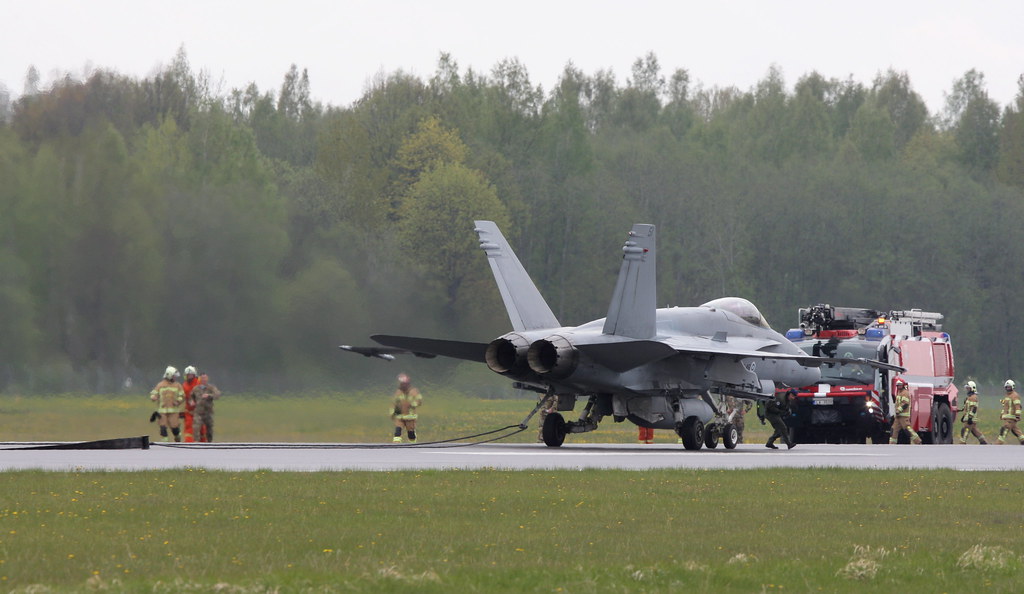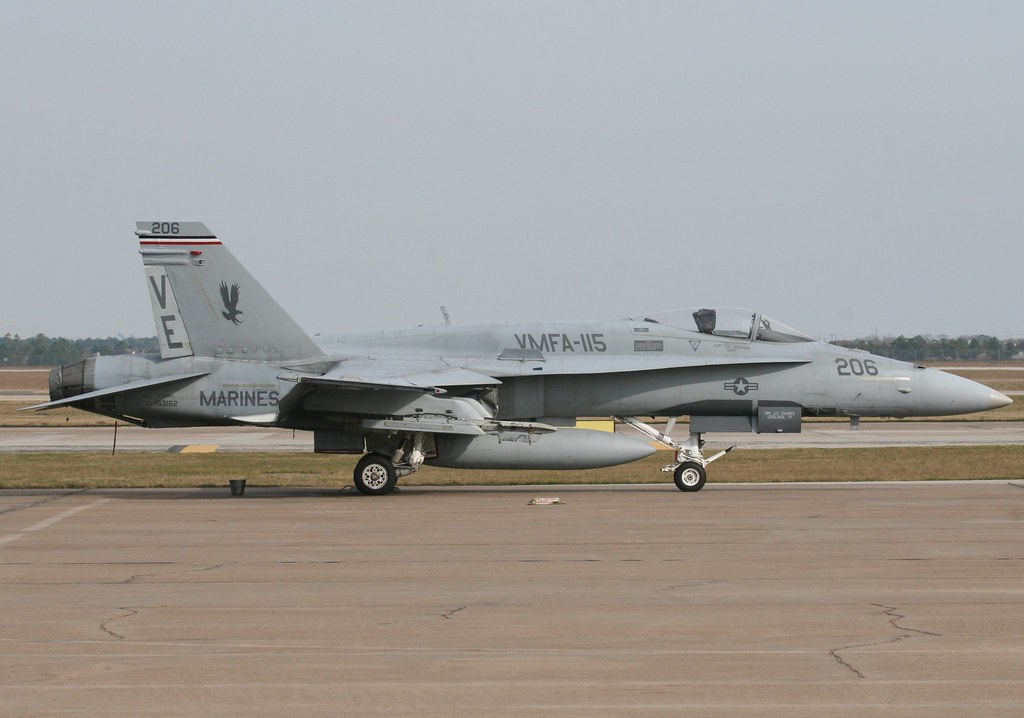
In the theater of modern aerial warfare, few aircraft have achieved the legendary status of the F/A-18 Hornet. Its combat prowess was etched into military history during the Gulf War, where it demonstrated exceptional versatility and technological superiority in the face of formidable adversaries.

The Gulf War, triggered by Iraq’s invasion of Kuwait, saw the U.S.-led coalition forces spring into action with Operation Desert Storm on January 17, 1991,the conflict presented an array of challenges.

At the heart of the conflict’s air operations was the F/A-18 Hornet, a multi-role combat aircraft designed by McDonnell Douglas (now Boeing) and praised for its ability to strike ground targets, conduct reconnaissance, and excel in air combat.

One pivotal aerial engagement during the conflict involved Lieutenant Commander Mark Fox’s Hornet in a dogfight with one of Iraq’s most advanced fighters at the time, the MiG-29.

The engagement was not only a testament to the Hornet’s advanced weaponry and systems but also to the skill of the American pilots. In a historical moment, the F/A-18 emerged victorious, securing air superiority for coalition forces and solidifying its reputation as a formidable multi-role fighter.

While the downing of the MiG-29 is a storied event, the Hornet’s encounters with other high-performance enemy aircraft, such as the MiG-25 Foxbat, further highlight the aircraft’s significant role in the U.S. Navy’s aviation strategy.

As described by an Iraqi pilot during an intense dogfight, “I locked on a target at 38km (and at 29 km, I fired an R-40RD missile from under my right wing. I kept the target locked with my radar (un)till I witnessed a huge explosion in front of me. I kept looking for the aircraft going down spirally to the ground with fire engulfing it,” providing a rare glimpse into the risks faced by Hornet pilots in combat.

Despite such threats, the Hornet was not only instrumental in achieving mission success but also in enforcing no-fly zones and participating in various operations, including Southern Watch and Iraqi Freedom. Its capabilities were demonstrated in multiple roles, from precision strikes to air superiority missions, across several theaters of conflict.

The aircraft’s storied operational history extends beyond the U.S. Navy, with other nations also utilizing its extensive capabilities. Throughout its mission, served with various squadrons.

The Hornet has served with distinction in various squadrons, including the VFA-15 “Valions,” the VMFA-312 “Checkerboards,” and the VMFA-115 “Silver Eagles,” reflecting its international footprint in modern military aviation.

The Hornets played a crucial role in the VFA-15 Valions squadron, allowing them to carry out a range of missions such as air-to-air combat, ground attacks, and reconnaissance to support U.S. Navy goals.

Marine Fighter Attack Squadron 312 (VMFA-312), known as the “Checkerboards,” is a distinguished unit in the U.S. Marine Corps that flies the F/A-18 Hornet.

Presently, VMFA-115 operates the F/A-18 Hornet, a versatile combat aircraft adept at both air-to-air and air-to-ground missions. Switching to the F/A-18 Hornet has enabled the “Silver Eagles” to uphold their operational efficiency and adaptability in contemporary combat situations.

The F/A-18’s legacy continues as enthusiasts and collectors cherish its history. MotoArt, a company that preserves aviation history, offers a unique opportunity for fans to own a piece of this iconic aircraft with the release of F/A-18 PlaneTags crafted from decommissioned Hornets.

Available on February 22, 2024, these tags represent a tangible connection to the aircraft’s storied past. They are numbered in a series of 5,000 tags.
Relevant articles:
– Triumph in the Skies: The Gulf War F/A-18 Hornet’s Historic MiG-29 Takedown, Trendy Digests
– F-18 Hornet: The Story of an Aviation Legend, PlaneTags
– 1st Ever Dogfight Between F-18 Fighter & MiG-25 Recalled When US Jet Lost To ‘World’s Fastest’ Foxbat, EurAsian Times

